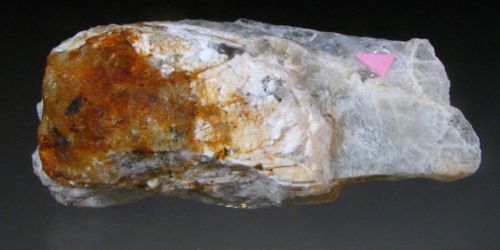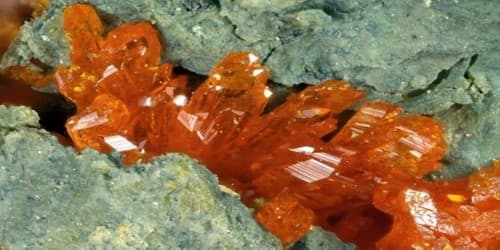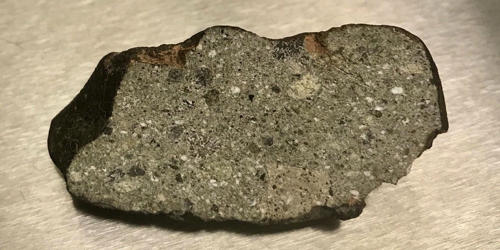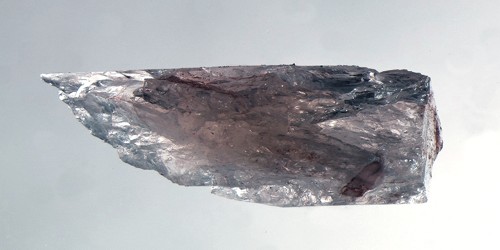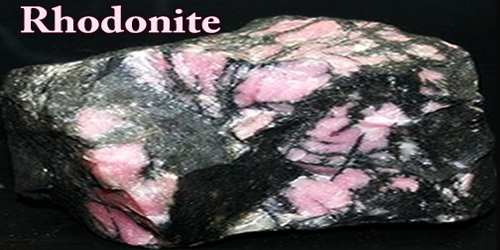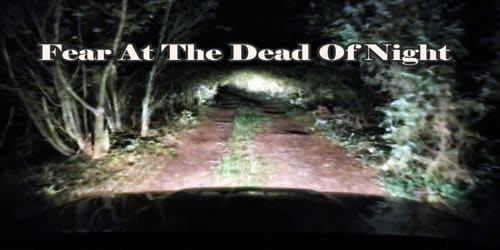Kampfite is a rare barium silicate–carbonate–halide mineral with formula: Ba12(Si11Al5)O31(CO3)8Cl5. Discovered in 1964 and described in 2001, it is named after Anthony R. Kampf. The mineral is known only from Fresno County, California.
It occurs there as a rock-forming mineral in a quartz-sanbornite gneiss where it forms as light blue-gray, irregular, cleavable masses.
General Information
- Category: Phyllosilicate
- Formula: Ba12(Si11Al5)O31(CO3)8Cl5
- Crystal system: Monoclinic
- Crystal class: Domestic (m) (same H-M symbol)
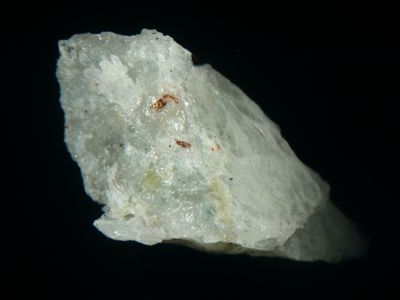
Fig: Kampfite – rare barium silicate–carbonate–halide mineral
Properties
Kampfite is translucent and light blue-gray in color. Specimens occur as irregular masses up to 1 cm (0.39 in) in size. It is this layering which causes kampfite’s one perfect cleavage. Kampfite shares chemical and structural similarities with cymrite.
- Color: Light blue gray
- Crystal habit: Irregular grains or anhedral crystal inclusions
- Fracture: Uneven
- Tenacity: Brittle
- Mohs scale hardness: 3
- Luster: Vitreous
- Streak: White
- Diaphaneity: Translucent
- Specific gravity: 3.45
- Optical properties: Uniaxial – (strongly pseudohexagonal)
History
The mineral discovered in 1964 by Robert Walstrom from the Esquire #1 claim of the Rush Creek deposit in eastern Fresno County. It was described in 2001 in The Canadian Mineralogist. The mineral was named kampfite in honor of Anthony Robert Kampf (1948–), curator of the Los Angeles County Museum of Natural History, for his crystallography work on new and rare minerals
Occurrence
Kampfite has been found in association with celsian, fresnoite, macdonaldite, pyrrhotite, titantaramellite, traskite, and witherite. The mineral is known only from locations in Fresno County, California. Kampfite is found in quartz-rich regions of sanbornite rocks within gneiss which has undergone contact metamorphism associated with an adjacent granodiorite intrusive.
Information Source:
